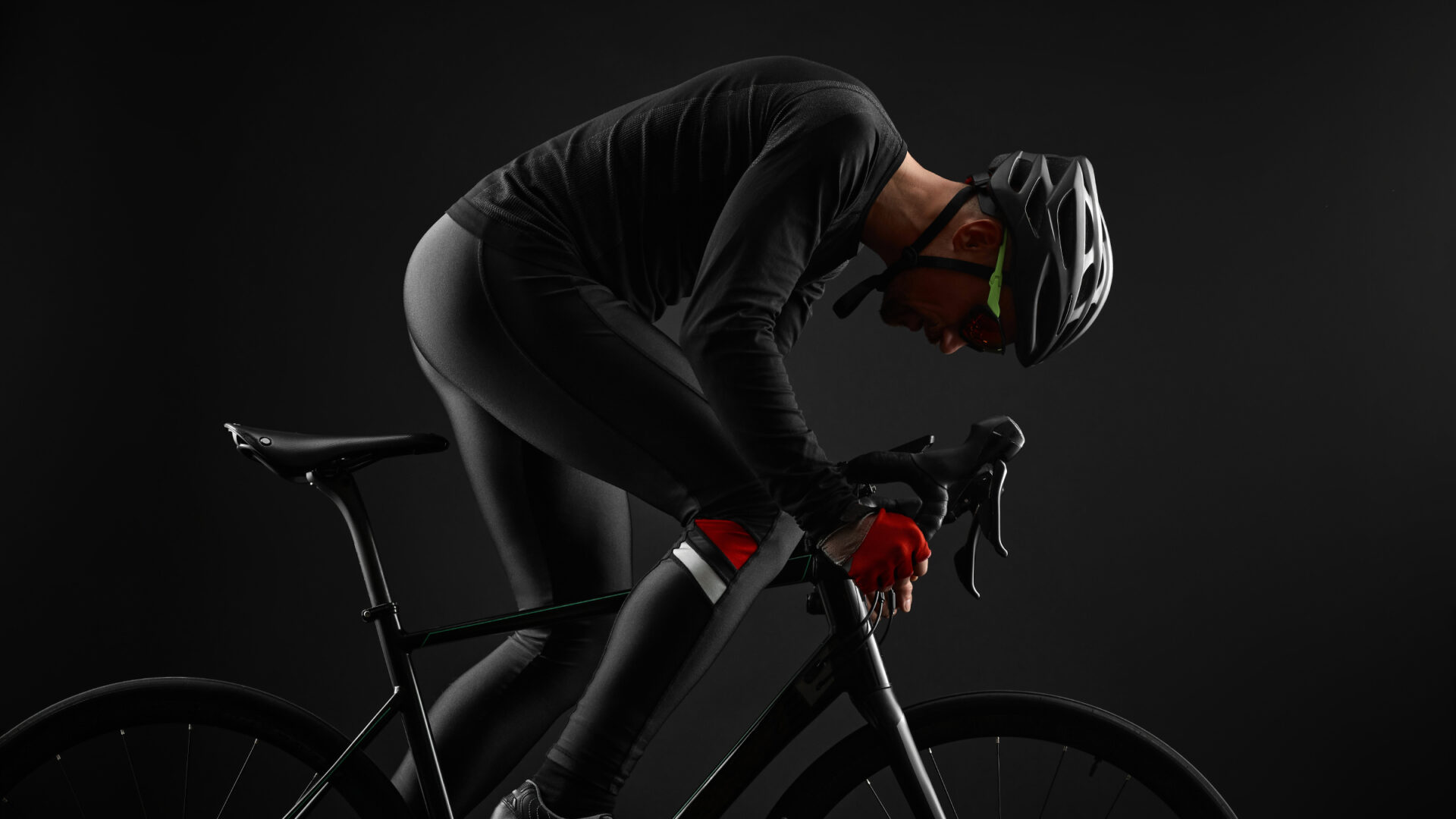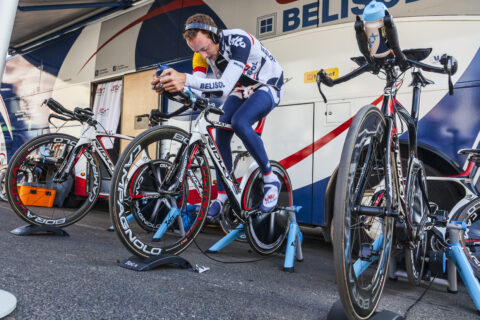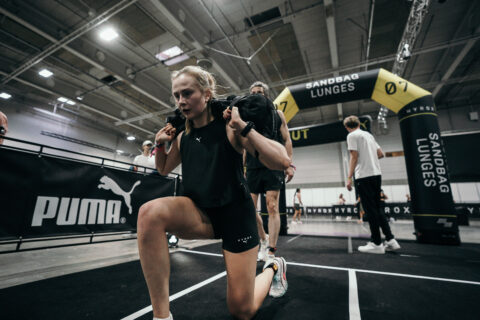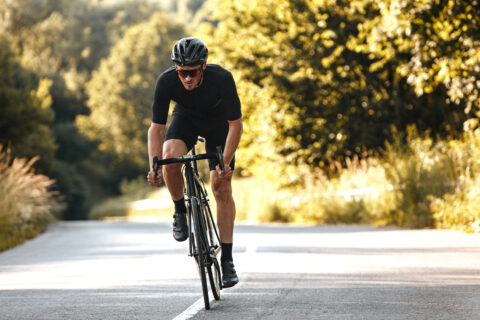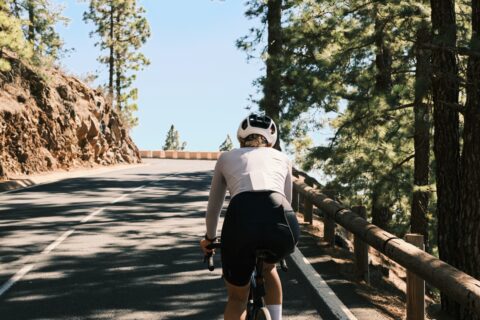Your lactate threshold may not be what you think it is. Coach Trevor Connor explores the true definition of this physiological turn point.
Your lactate threshold may not be what you think it is. Coach Trevor Connor explores the true definition of this physiological turn point.
